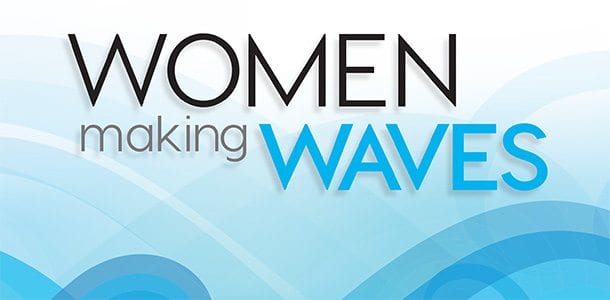Economic Snapshot: Small business optimism remains at decade high

Small business optimism rose again in January, now at its highest level since December 2004, according to the National Federation of Independent Business Index of Small Optimism. January’s increase suggests the post-election surge has staying power.
NFIB small business optimism
The NFIB Small Business Optimism Index reached 105.9 in January, an increase of 0.1 points. Five of the index components increased and five decreased; however, the NFIB notes that many indexes still hold a record high.
Job creation posted a seasonally adjusted average employment change per firm of 0.15 workers, the bet reading since September 2015. Thirteen percent reported increasing employment an average 2.8 workers per firm, unchanged from the previous month. Ten percent reported reducing employment a seasonally adjusted average of 3.9 workers per firm, up 1 point.
Fifty-three percent reported hiring or trying to hire, up 2 points, but 47 percent reported few or no qualified applicants for the positions they were trying to fill. Fifteen percent of owners cited the difficulty of finding qualified workers as their Single Most Important Business Problem, up 3 points.
Thirty-one percent of all owners reported job openings they could not fill in the current period, up 2 points, which is the highest reading in this recovery. The NFIB says this indicates rising demand for labor and a tightening labor market. Thirteen percent reported using temporary workers, up 2 points. A seasonally adjusted net 18 percent plan to create new jobs, up 2 points and the strongest reading since November 2006.
The percent of owners planning capital outlays fell two points to 27 percent, but it is still close to the highest reading of the recovery. Owners expecting better business conditions and better sales also dipped slightly, but according to NFIB Chief Economist Bill Dunkelberg, the high readings support expectations of actual spending.
Housing market index
Builder confidence declined two points in February to a level of 65, according to the National Association of Home Builders/Wells Fargo Housing Market Index. This level is considered a more “normal range,” although builders remain optimistic.
All three HMI components fell in February. The component gauging current sales conditions dipped one point to 71, the index charting sales expectations in the next six months registered a three-point decline to 73, and the component measuring buyer traffic fell five points to 46.
Looking at the three-month moving averages for regional HMI scores, the Northeast dropped two points to 50 and the Midwest rose one point to 65. The South dipped one point to 67 and the West held steady at 79 for the third consecutive month.
Housing starts
Privately owned housing starts were at a seasonally adjusted annual rate of 1,246,000 in January. This is 2.6 percent below the revised December estimate of 1,279,000 but is 10.5 percent above the January 2016 rate of 1,128,000.
Single-family housing starts were at a rate of 823,000. This is 1.9 percent above the revised December figure of 808,000.
Privately owned housing completions were at a seasonally adjusted annual rate of 1,047,000. This is 5.6 percent below the revised December estimate of 1,109,000 and it 0.9 percent below the January 2016 rate of 1,056,000.
Single-family housing completions were at a rate of 800,000. This is 4.3 percent above the revised December rate of 767,000.




